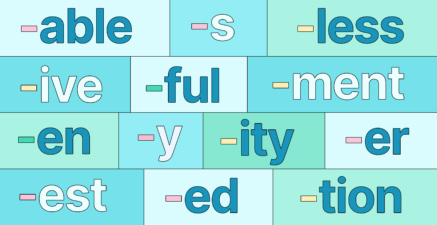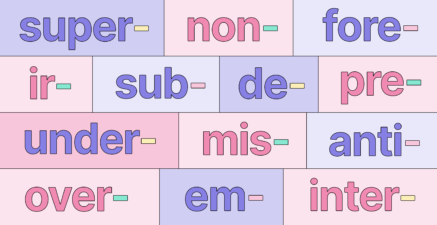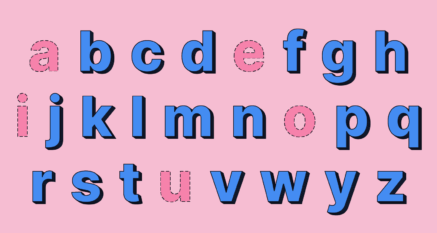 Misplaced Modifiers: Definition and ExamplesA misplaced modifier is a word, phrase, or clause that is separated from the word it describes, creating confusion and ambiguity....February 7, 2023
Misplaced Modifiers: Definition and ExamplesA misplaced modifier is a word, phrase, or clause that is separated from the word it describes, creating confusion and ambiguity....February 7, 2023 Antecedents: Definition and ExamplesIn English grammar, an antecedent is a person, place, thing, or clause represented by a pronoun or pronominal adjective. It is...December 21, 2022
Antecedents: Definition and ExamplesIn English grammar, an antecedent is a person, place, thing, or clause represented by a pronoun or pronominal adjective. It is...December 21, 2022 The Verb “To Be” Explained, With ExamplesThe irregular verb to be is the most complicated of all the English verbs—and it just so happens to be the most used, too. The to...December 15, 2022
The Verb “To Be” Explained, With ExamplesThe irregular verb to be is the most complicated of all the English verbs—and it just so happens to be the most used, too. The to...December 15, 2022 What Are Suffixes in English? Definition and ExamplesSuffixes are letters added to the end of a base word to change its conjugation, word type, or other grammar properties like...December 9, 2022
What Are Suffixes in English? Definition and ExamplesSuffixes are letters added to the end of a base word to change its conjugation, word type, or other grammar properties like...December 9, 2022 What Are Prefixes in English? Definition and ExamplesPrefixes are one- to three-syllable affixes added to the beginning of a base word to slightly change its meaning. For example,...December 8, 2022
What Are Prefixes in English? Definition and ExamplesPrefixes are one- to three-syllable affixes added to the beginning of a base word to slightly change its meaning. For example,...December 8, 2022 What Are Vowels? Definition and ExamplesVowels are letters that represent speech sounds where air leaves the mouth without any blockage by the tongue, lips, or throat....November 29, 2022
What Are Vowels? Definition and ExamplesVowels are letters that represent speech sounds where air leaves the mouth without any blockage by the tongue, lips, or throat....November 29, 2022 What Are Consonants? Definition and ExamplesConsonants are letters that represent certain speech sounds, specifically sounds that involve blocking the air before it leaves...November 29, 2022
What Are Consonants? Definition and ExamplesConsonants are letters that represent certain speech sounds, specifically sounds that involve blocking the air before it leaves...November 29, 2022 Past Continuous Tense: How and When to Use It, With ExamplesThe past continuous tense, also known as the past progressive tense, describes ongoing actions in the past, such as I was writing...November 18, 2022
Past Continuous Tense: How and When to Use It, With ExamplesThe past continuous tense, also known as the past progressive tense, describes ongoing actions in the past, such as I was writing...November 18, 2022 Compound Words: Open, Closed, or Hyphenated?Compound words are when two or more words combine to form a new single word or a phrase that acts like a single word. There are...November 14, 2022
Compound Words: Open, Closed, or Hyphenated?Compound words are when two or more words combine to form a new single word or a phrase that acts like a single word. There are...November 14, 2022 What Is Morphology in Writing?Morphology is the study of how parts of words, called morphemes, create different meanings by combining with each other or...November 3, 2022
What Is Morphology in Writing?Morphology is the study of how parts of words, called morphemes, create different meanings by combining with each other or...November 3, 2022